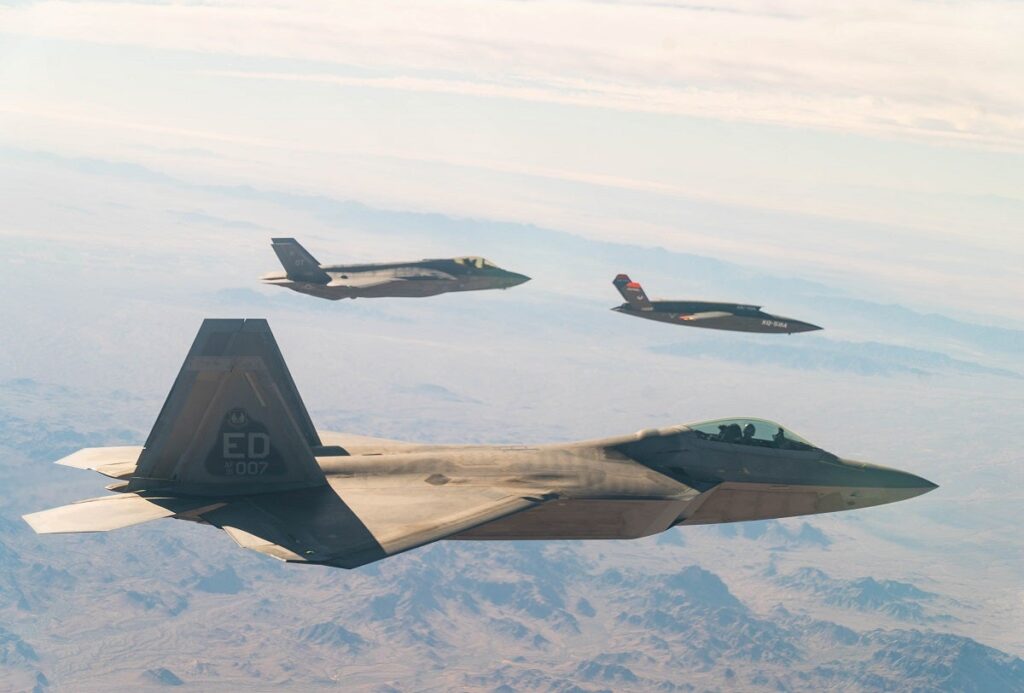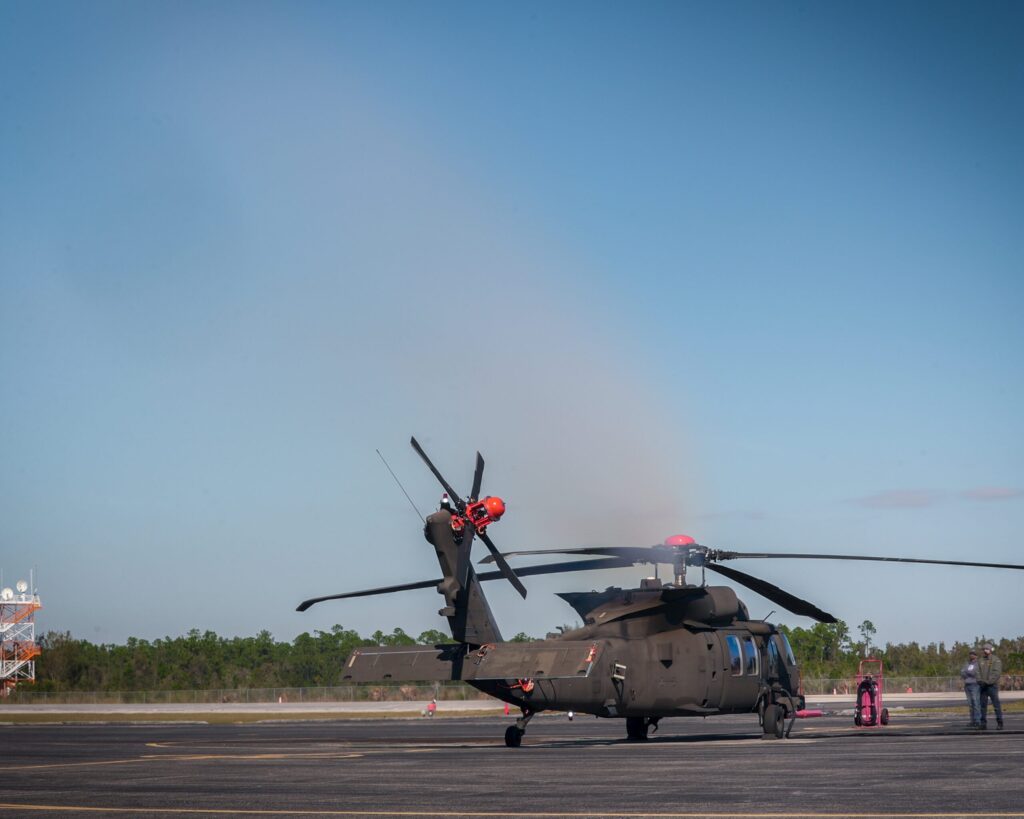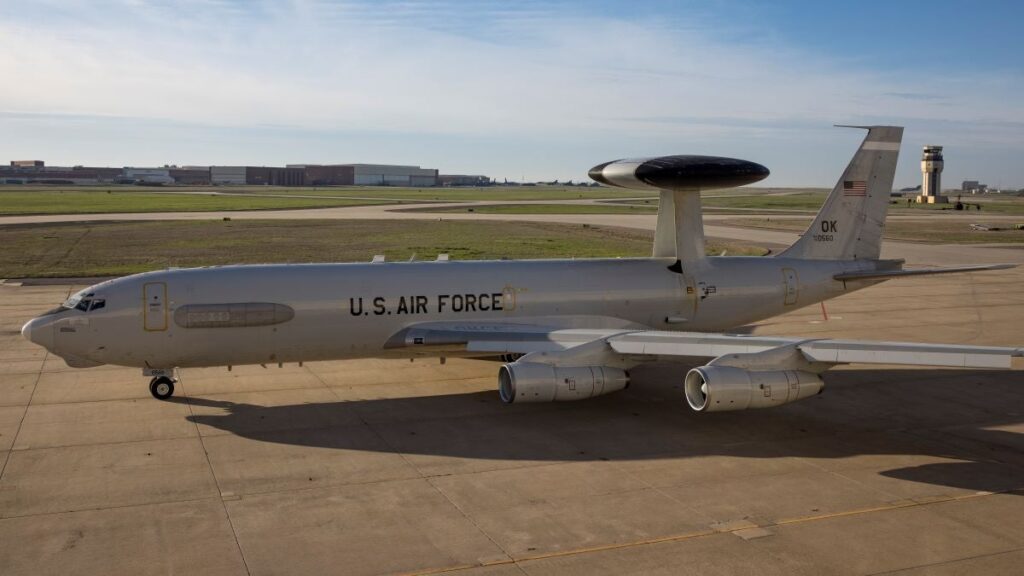
Global Avionics Round-Up from Aircraft Value News (AVN)

The NASA and Boeing X-66 flight demonstrator project. (Image: Boeing)
In mid-2025 the aviation world marked a milestone in aerodynamics and avionics interaction. While most headlines focus on new engines, emissions, or avionics suites, NASA and Boeing made public plans to investigate long, thin-wing designs through the X-66 flight demonstrator project.
The idea is to reduce drag, lift-induced losses, and weight in large transonic widebody aircraft by adopting transonic truss-braced wing structures. Although this is not purely an avionics innovation, the research has deep implications for the cockpit, flight control laws, performance modelling, certification, and eventually leasing and residual values of large transport aircraft.
The concept of the transonic truss-braced wing (TTBW) involves using external bracing / trusses to allow wings to be longer, thinner, more flexible, and optimized for cruise efficiency at high subsonic / transonic speeds.
The X-66 is Boeing and NASA’s demonstrator insofar as many of its design, control, structural, and aerodynamic features will feed into future aircraft.
In August 2025, the partners refined scope for a ground-based testbed, calibrated simulation tools, and confirmed avionics and flight control subsystem requirements needed to support the magnitude of wing deformation and aeroelastic effects inherent in such a design.
Because longer, thinner wings flex more and respond to gusts differently, the flight control systems must be more advanced. The sensors measuring wing bending, angle of attack, local airflow, and structural strain must feed into flight control computers capable of compensating in real time.
The avionics must accommodate more frequent updates, more sensor redundancy, higher precision in angle and load feedback, and tighter integration between flight management, autopilot, structural monitoring, and predictive diagnostics.
The result is that a future widebody using TTBW not only needs lighter and stronger structural materials but smarter avionics to exploit the structure’s efficiency without compromising safety, passenger comfort, and aerodynamic stability.
In August’s announcement, NASA and Boeing confirmed work on that avionics side: defining requirements for real-time structural health monitoring, flight control law adjustments accounting for wing flexibility, and validating simulation tools that combine aerodynamic, structural, and avionics system models.
They also reaffirmed that certification authorities will need data from testbeds, both ground and flight tests, that show the safety, fatigue, and control margins under a range of operational conditions.
The Implications for Aircraft Values and Lease Rates
What all this means for aircraft values and lease rates is profound. Widebody aircraft are among the most expensive assets in a lessor’s fleet, and their values depend heavily on fuel efficiency, maintenance costs, and residual performance.
An aircraft built with conventional wing structures, even with recent engine improvements or aerodynamic tweaks, will increasingly look less competitive compared to future designs using TTBW or equivalent performance improvements.
Buyers and lessors will begin discounting older or conventional widebodies earlier in their life if the promise of thin-wing demonstrators looks credible and if airline orders and manufacturer commitments begin following the demo.
Lease rates are likely to reflect that shift. Lessors who commit early to acquiring or ordering aircraft designed with TTBW or those that can be upgraded to avionics architectures prepared for this kind of structure will have a competitive edge.
Their lease rates may command a premium because their aircraft will deliver lower fuel burn, possibly lower maintenance costs (due to reduced structural weight and drag), and more attractive lifecycle economics.
Meanwhile, existing widebodies without flexibility in wing-structure-aware avionics or lacking predictive diagnostics may suffer higher depreciation and potentially steeper maintenance overhangs.
There are also transitional issues. Aircraft already in service will not easily be retrofitted with longer, thinner wings, though some aerodynamic enhancements or flight control software could partially mimic benefits.
The critical factor is whether the manufacturer and regulator paths endorse these designs, and whether airlines place orders for new aircraft with TTBW. Purchase commitments or letters of intent act like forward value signals to lessors and second-hand buyers.
If major carriers commit to TTBW widebodies, then residual values of conventional widebodies will adjust downward in anticipation. If not, the change may take longer to percolate.
Certification will be a long lead item. Authorities will require robust flight test data to show that wing bending, flutter, structural fatigue, and aeroelastic control feedback loops do not degrade performance or safety.
Avionics systems dealing with structural deformation must be redundant, reliable, maintainable, and certifiable under existing or newly adapted regulation. Weather, turbulence, gust loads, and extreme conditions must be accounted for in system design. These requirements add cost, development time, safety margins, and risk.
From a leasing perspective, delay risk matters. Lessors will want guarantees or proofs of performance before paying premiums or ordering new aircraft. They may require warranties, performance clauses tied to fuel burn, or residual value assurances.
Until those are in hand, lessors may remain conservative in their valuations for new widebodies, or discount assets until the technology is proven at scale and regulatory risk is reduced.
There is also a question of usage patterns and market segmentation. Airlines operating ultra-long-haul routes, where fuel burn savings have large weight, will be early adopters and thus key customers.
Widebody aircraft used in dense markets with frequent cycles may see less benefit from TTBW innovations than ones flying long cruise legs. For markets where runway length, airport infrastructure, and weight support are constraints, the full benefits of thin wings may be tempered by operational limitations (e.g., ground handling, gate clearances, and wing flex interfering with airport taxi/wingtip clearance).
Nonetheless, in August 2025 the NASA-Boeing thin-wing work made clear that the next generation of widebody aircraft design will put tighter integration between structural design and avionics.
The performance baseline for what constitutes an “efficient widebody” is shifting. Even before the first TTBW aircraft enters service, the value and lease rate landscape is likely to drift: conventional widebodies will be viewed more as incumbents in decline, especially in secondary markets, while those with designs accommodating or built for the new structure will attract upward valuation pressure.
The thin wing research may seem esoteric at first glance but it is setting in motion a structural shift in widebody economics. Aircraft that can offer lower drag, better structural health sensing, enhanced flight control, and aligned avionics will be more valuable.
This article first appeared in Aircraft Value News.
John Persinos is the editor-in-chief of Aircraft Value News.
The post Thin Wings, Big Impacts: NASA-Boeing’s X-66 Wing Research Could Shake Widebody Valuations appeared first on Avionics International.
—————
Boost Internet Speed–
Free Business Hosting–
Free Email Account–
Dropcatch–
Free Secure Email–
Secure Email–
Cheap VOIP Calls–
Free Hosting–
Boost Inflight Wifi–
Premium Domains–
Free Domains
















